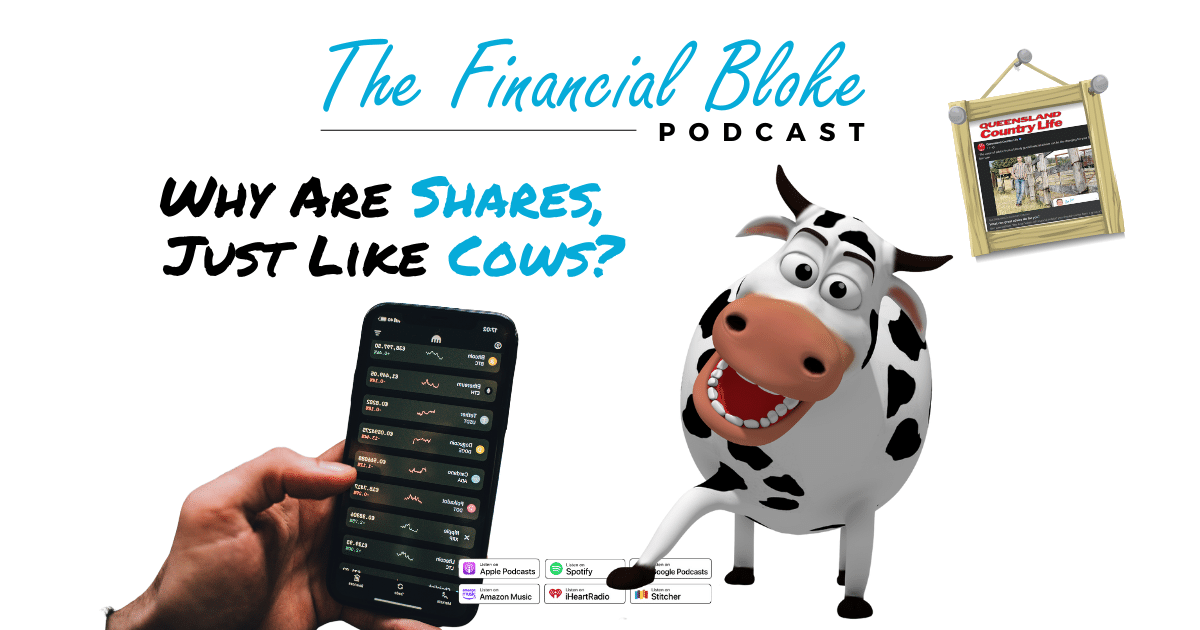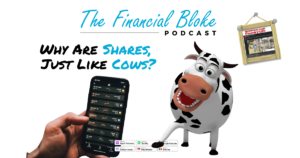
My latest column in The Queensland Country Life.
Most parents I speak to want their kids to learn about money and investing. The sad fact is that no one teaches them and if they do, it’s usually complicated and full of technical jargon which they don’t understand and can’t relate to.
But it doesn’t have to be that way.
I’ve found the key to helping kids understand any financial concept is to focus on keeping things simple by using relatable analogies and stories.
Cynics might say that simple stories and analogies aren’t technically 100% accurate. Still, my experience tells me that they are close enough to get kids to understand the basics and more importantly engage in the learning.
Here’s an analogy I’ve used with my niece and nephew to encourage an interest in investing the profits generated from their little ‘business’ rescuing and raising orphaned calves:
Shares are just like cows!
Each cow has a value based on the price you’d get if you sold them at the local saleyards. Each share also has a value based on the price you’d get if you sold them on the stockmarket. This is called their ‘capital value’.
Cows make you money by increasing in capital value but also by producing calves. Each year you can sell the calf and bank the money or keep the calf and increase the size of your ‘herd’.
Instead of calves, shares earn ‘dividends’. You can choose to bank the money from the dividend, or use it to buy different shares or participate in a ‘dividend reinvestment plan’ (automatically buying more of the shares you already own) thereby increasing the size of your ‘portfolio’.
A cow’s capital value can go up and down for various reasons, just like shares. When the price goes up, we call that a paper capital gain, and when it goes down a paper capital loss. It’s called a ‘paper’ gain or loss because it is just on paper and you don’t gain or lose anything unless you sell the cow (or share).
A mistake inexperienced investors often make is selling their shares for the sole reason that the value temporarily went down.
Would you sell a healthy quality cow just because the price at the saleyards went down? Not usually! You might be forced to if there was a drought, if it’s not getting in calf, it’s sick or injured or you need money urgently.
The same goes for shares. A share might stop paying dividends, the company might not be doing well (sick) or you need the money. It doesn’t often make sense to sell a quality share when the price temporarily drops unless you absolutely have to.
Ultimately, successful graziers strive to increase the number and quality of their herd by buying more cows, selling the lower quality ones, and keeping good quality replacement calves.
Likewise, successful investors strive to increase the number and quality of shares in their portfolio by buying more shares, selling the lower quality ones, and using a ‘dividend reinvestment plan’.
As you can see with this short and simple example, it doesn’t have to be difficult to explain investing. Kids will pick things up quicker than you think if you make it fun, and relatable, in a language they can easily understand.
Cheers,


